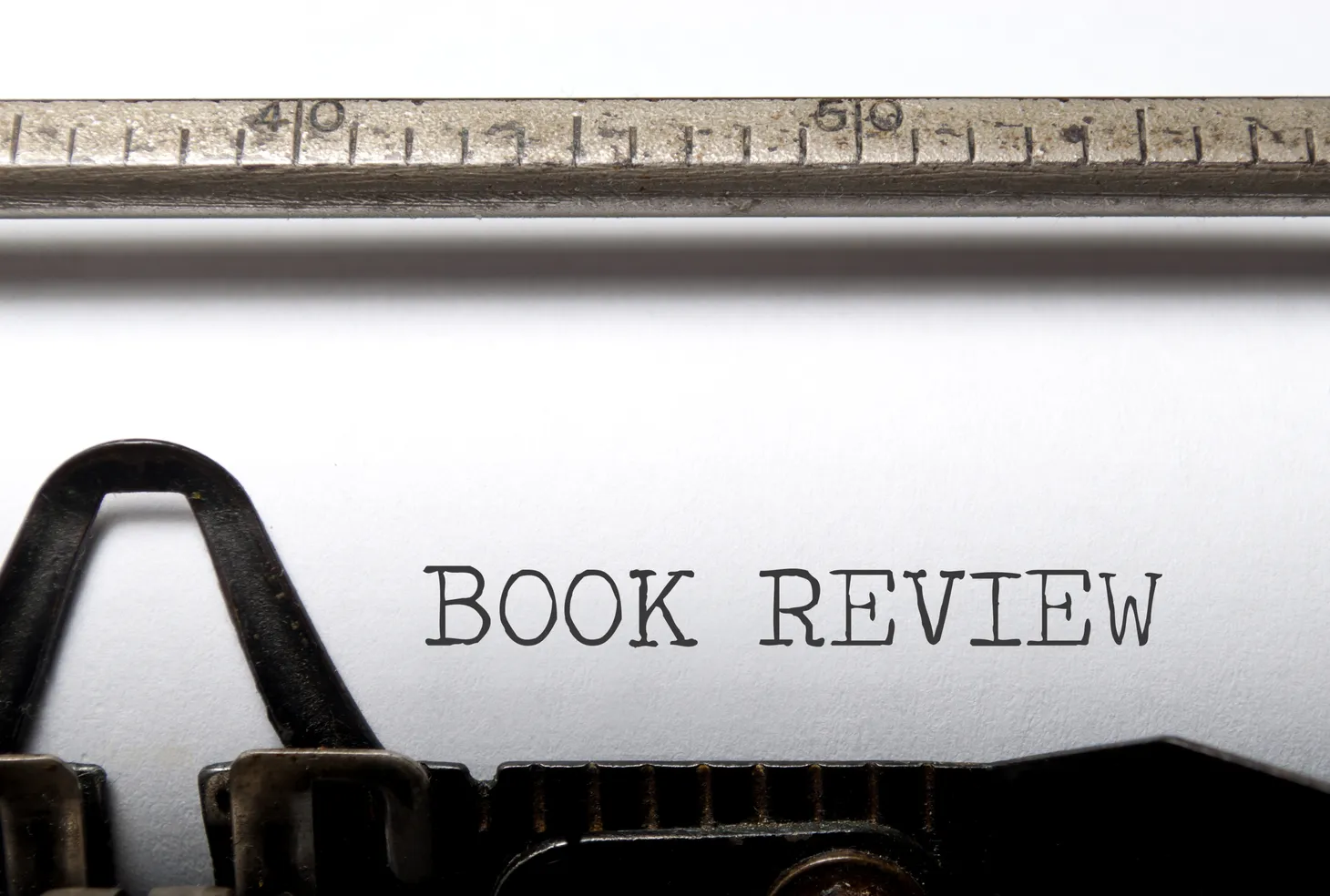Free Shipping!
The other day my daughter Rachel ordered some shoes from Zappos. She’s used them a few times in the past, and the next morning she got an e-mail saying her shoes had been shipped overnight as a reward for being a good customer. Now, one of Zappos’ gimmicks is that shipping is always free, but […]

The other day my daughter Rachel ordered some shoes from Zappos. She’s used them a few times in the past, and the next morning she got an e-mail saying her shoes had been shipped overnight as a reward for being a good customer. Now, one of Zappos’ gimmicks is that shipping is always free, but you can pay more to get your shoes sooner.
Can I reduce by half or double my distribution cost?
Persuading customers to pay more for next-day shipping is a core part of many online retailers. It’s the same kind of upsell you get when your waiter convinces you to order the Italian artisanal water, rather than tap. What most people don’t know is that whether you opt for free shipping or expedited overnight delivery, your book or shoes still ship via the same service. It’s just that the goods shipped free get a bonus of going via the slow route.
FedEx and UPS have both taken interesting steps to maximize the speed with which they can ship their customers’ deliveries. FedEx has businesses that are actually located within its SuperHub in Memphis to minimize the turnaround and delivery time. UPS has customers who stock their spare parts at the UPS hubs. For instance, car manufacturers who need to have parts available almost instantly to dealerships and mechanics, but don’t want to distribute them before they are needed, can store them with UPS and have the company pull and ship them as required. In some cases the part can get from one area of the country to another on the same day. These manufacturers see some savings by not stocking and tying up inventory. More important, they can offer a huge improvement of customer service by the quick turnaround of parts. The large express shipping companies have built an amazing business by creating a perception that overnight shipping is “the new normal.” Interestingly this new normal is often in excess of what the customer needs. I can’t be the only person who occasionally fails to open an overnighted package the day it arrives. Look at your own organization. What experience are you trying to give your customer through your distribution? Do their needs and yours align? If not, could they?
Sparking Points
- What value does your customer apply speed of delivery? How does this value change depending on the buying season?
- Is there a way to use distribution to create customer loyalty?
- Is there a way to combine distribution costs with partners or suppliers to reduce overall costs?
Phil McKinney Newsletter
Join the newsletter to receive the latest updates in your inbox.




